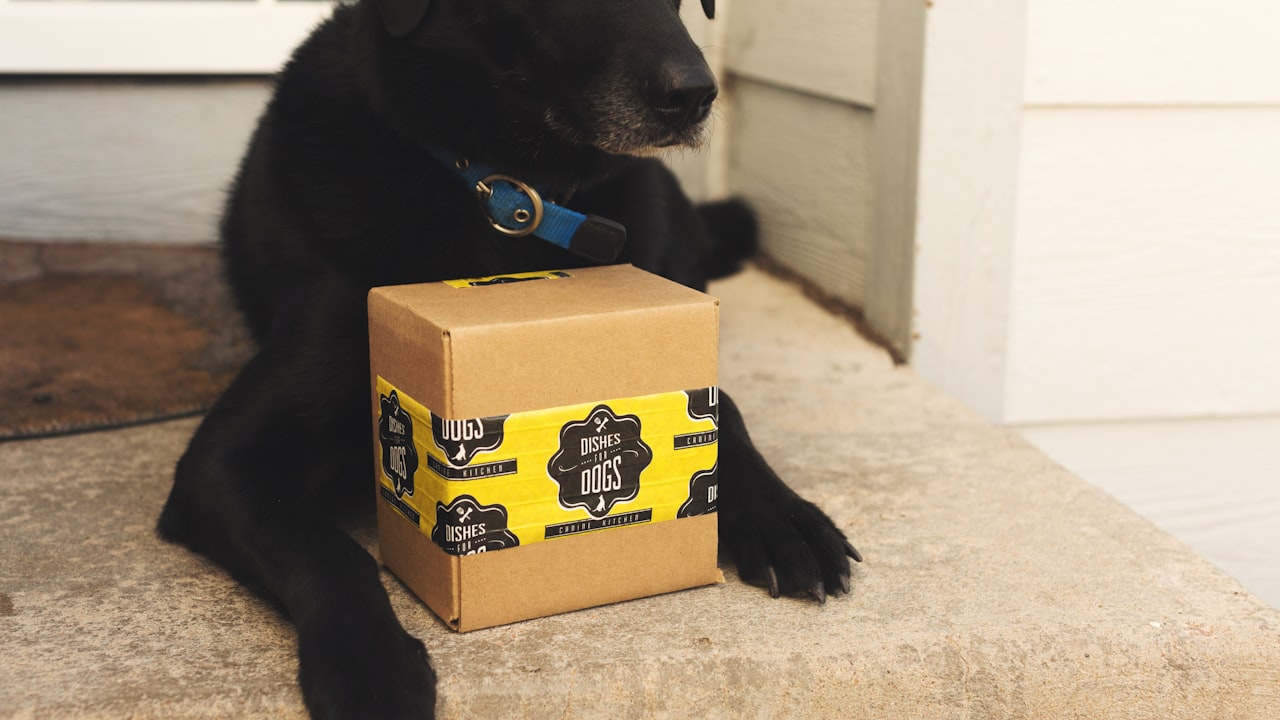Deck boxes are a great way to store your outdoor tools, keep them organized, and prevent them from rusting. You can buy a deck box at your local hardware store, but they're often expensive and don't allow you much customization. Instead of buying one or simply using an old cardboard box that might not be sturdy enough for heavy items like hammers or saws, why not save some money and make your own custom deck box? It's easy to do if you follow these steps:
Measure the area where you want the deck box.
- Measure the area where you want the deck box.
- Make sure it is large enough to hold all of your items, but not so big that it will be too heavy for you to move around easily.
- Make sure it is level and sturdy—if not, it could fall over easily when someone tries to open or close it!
Make a list of items you plan to store in it, then measure those items and compare them to the available space to make sure everything will fit.
- Make a list of items you plan to store in it.
- Measure those items and compare them to the available space to make sure everything will fit.
- If you don't have enough space, consider removing some of the dividers or replacing them with different ones that are smaller so that more things can fit into the box (you can also remove some dividers if you don't need them).
Make sure your measurements are accurate; consider measuring twice just to be sure.
The first thing to do is measure your box. Make sure that your measurements are accurate and that the box will be big enough for all of the cards you want to put in it. If you're using a kit from [the internet](https://www.customdeckbox.com/), take some time to make sure that the kit will fit in whatever space you have chosen for your project. If there are any mistakes or changes needed, it can always be adjusted later, but if you start building too soon and discover problems along the way, it could cost extra money and time to fix them later on down the line!
Decide what kind of wood you want to use.
In order for your box to last, you'll want to use a hardwood. Oak and maple are the best choices because they're both durable and resistant to rot or damage from moisture or insects. Softwoods like pine and cedar are also good choices because they're easy to work with but don't have as much of a lifespan as hardwoods do. Composite materials like MDF (Medium Density Fiberboard) or particle board can be used depending on what you're looking for—if you want something lightweight, these might be right up your alley! If you'd rather mix things up a bit with different kinds of wood, go ahead! Just make sure that whatever types of wood you use have been thoroughly sanded so they'll fit together seamlessly without any gaps between them
Before you begin building, figure out where each piece of lumber will go and account for any cuts that need to be made.
Before you begin building, figure out where each piece of lumber will go and account for any cuts that need to be made. Cut the pieces to size using a miter saw or other power tool. Measure twice and cut once—it's always better to overestimate than underestimate your cuts so that your box ends up being slightly larger than what you want it to be.
Use clamps or a stop block to guide the blade along the edge of each board as you make your initial cut. It might take longer, but cutting everything at once will ensure that they're all exactly the same length as each other and fit perfectly together when assembled in the finished product. Use safety glasses and other protective gear while operating power tools such as saws; this is especially important if children are assisting with building projects like this one!
When using a miter saw, make sure the lumber is secure.
When using a miter saw to cut the lumber, make sure it is secure on either side of the blade. A clamp or stop block is ideal for holding the wood in place while cutting. If you don’t have clamps available, use screws to attach small pieces of wood that will hold your lumber in place while you cut it. This will prevent accidents from occurring if your stock starts to move as you begin cutting it with the saw blade.
Use clamps or stops because freehand cuts are not as clean as those made with a guide or stop block.
Make sure to make your cuts with the help of clamps or stops because freehand cuts are not as clean as those made with a guide or stop block. A good way to ensure straight cuts is by using squares and triangles, but if you're okay without them, then these guides will do the trick:
- Clamps are great for making sure your pieces stay together while you're sawing them. They provide an added level of stability that makes it easier for you to focus on your cut instead of worrying about whether or not everything is lined up properly. Plus, they'll hold the wood in place so that it doesn't shift during the entire cut—meaning no more crooked lines! If you don't have clamps but still want something similar, try using metal T-squares as your guide instead—it'll give similarly good results without taking up much space at all.
- You could also use small blocks (or "stops") as well; these allow for even more accuracy than clamps alone because there's less chance for things falling apart mid-way through cutting due to unsteady surfaces being used simultaneously within one project."
Always wear safety glasses and other safety gear when working with power tools.
The first step in making a deck box is to gather all the tools and materials you'll need. You'll need a few power tools to cut the wood, including a table saw, drill press, and router. You'll also need some other basic hand tools like hammers, screwdrivers and wrenches.
Once you've gathered all your materials and tools together, it's time to get started. Make sure to wear safety glasses before using any power tool—this will protect your eyes from debris flying off the end of whatever tool you're using as well as protect them from being burned by flying sparks if anything catches on fire (which happens more often than people think). It's also important to always wear some sort of hearing protection when working with loud machines like table saws or drills because they can cause permanent damage over time if they're used constantly without proper hearing protection. In addition to hearing protection for yourself, it may be necessary for anyone else around while operating loud equipment too—especially young children who aren't old enough yet know how dangerous these things are!
Sand down any rough edges before moving on to the next step.
Once you've cut out your piece, it's time to sand down any rough edges. The best way to do this is with a sanding block or the medium grit side of some sandpaper (around 200 grit). If you don't have either of those things, don't worry: just use whatever's available—a piece of wood or something else that can be used for sanding. Just make sure it's not too rough; if it is, then you'll need to go over everything again with something that isn't as coarse.
- Don't use a power sander! This will burn up your wood and give your box an uneven surface that won't look good when we're finished painting it later on.
- If any paint comes off when you're sanding down your box, don't worry about it! This happens sometimes with brand new products because the paint hasn't had time yet to fully adhere itself onto whatever material was used in making each individual piece of furniture (like our deck boxes). It doesn't mean anything bad happened; just keep going until all surfaces are smooth enough for us next steps without any bumps sticking out at all angles like crazy edges might look like after they're painted over.
Conclusion
If you're looking to add some storage space to your backyard, a deck box can be a great addition. They come in many different sizes and shapes, so it's easy to find one that will fit your needs perfectly. With just a few simple steps, you'll soon have your own custom deck box ready for use!


